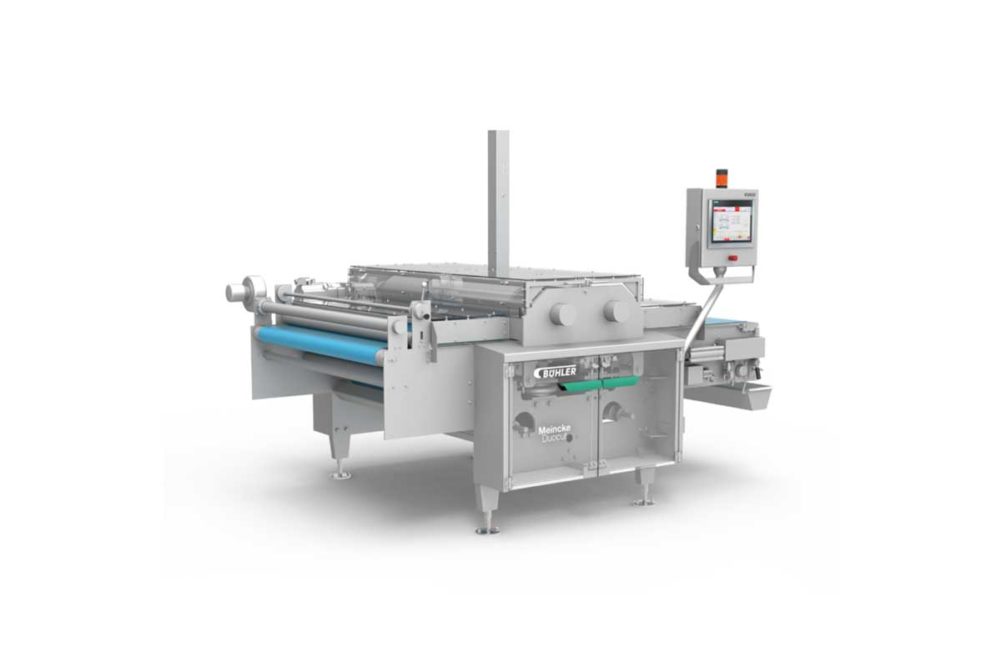Yeast is a living organism, changing whatever dough system it’s in until it’s baked. This makes time one of the most essential process parameters in any yeast-leavened baked good.
“The main production challenge for yeast-leavened crackers is timing,” said Don Smith, director, engineering sales and service, Reading Bakery Systems (RBS). “Most fermented doughs must be used in a certain time to prevent under or over fermentation. If the doughs are not used in time, they must be discarded, creating a lot of waste.”
Like in any yeast-leavened formulation, fermented yeast contributes to the flavor, texture and structure of the finished product. Much of this magic is in the timing of production, but yeast is a fickle ingredient that responds to many different environmental factors. This can make yeast-leavened cracker production tricky to consistently turn out a quality cracker.
“Bakers can influence consistent product quality by addressing potential issues at all parts of the process, from the quality of incoming ingredients, storage conditions, weighing systems, mixing systems, forming systems, baking systems, the often-overlooked baked product conditioning and packaging,” said Kevin Knott, technical sales manager, Bühler Group.
Achieving consistent quality cracker production requires bakers to not only take their time and go back to basics but also to incorporate some of the latest in quality control technology.
Consistent, quality crackers start in the mixing bowl. The finished product will only be as good as the dough that exits that bowl.
“If the dough isn’t mixed correctly every single time, it will not produce the proper attributes in the finished product,” Mr. Smith said. “A consistent dough coming from the mixing process is much easier to operate.”
Standardizing the mixing operation either by using continuous mix and removing the human element or using batch mixing with sophisticated controls can ensure that the dough is always the same quality.
Yeast-leavened cracker doughs typically require two stages: the sponge is mixed, fermented and then the gluten is developed in the final mix. After the final mixing stage, the dough ferments again before entering the makeup system. The fermentation process is where variability can really have an impact. This process can be highly automated with a lay conveyor built into the makeup process or an automated trough system, or it can be very manual with dough unloaded into troughs with the timing marked on a piece of paper. For those baking companies relying on an operator to get the timing right, every minute over is a cracker that is fermented too much.
“The baking companies who get their fermentation process right are rewarded with a consistent cracker, and the ones that don’t will have a lot of rejects,” said Dan Christie, account manager, Spooner Vicars, a Middleby Bakery company.
Fermentation is even more critical for cracker manufacturers making the same product across multiple baking facilities. A bakery in Florida will have a much different ambient environment than one in Colorado, but consumers across the country are expecting the exact same cracker. In these operations, climate and humidity control as well as automated timing become even more critical to deliver the same cracker on the West Coast that consumers would find on the East Coast.
Mr. Christie encouraged making the extra investment in automated fermentation systems, whether it’s a climate-controlled room for trough storage or a lay conveyor built into the makeup system. Fermentation may be a simple step, but it’s a vital one.
“Any baker that has already made a substantial investment in forming equipment and an oven would be wise to invest in an automated fermentation system,” he said. “It directly impacts the product quality, which is what will be driving sales.”
Automation at the top of the cracker production process can remove any human error and takes the burden of keeping track of fermentation off the human operators. It also relieves the very physical burden of trough management.
“We are working with companies now to help automate the ingredient handling, proofing, mixing and trough transportation process so that these timing issues become irrelevant,” Mr. Smith explained. “We offer automated trough handling, which completely automates the labor-intensive process of moving troughs around the plant. In a process like yeast-leavened crackers, where the dough is mixed more than once, this is especially helpful.”
In a tight labor market where experience is dwindling, an easier-on-the-body production process is priceless.
This article is an excerpt from the August 2022 issue of Baking & Snack. To read the entire feature on Sustainability, click here.






